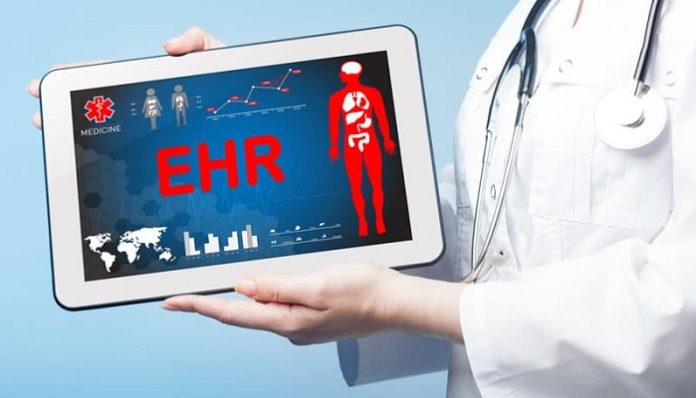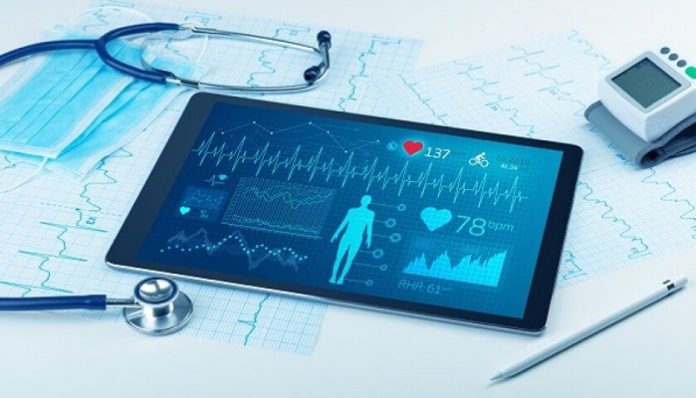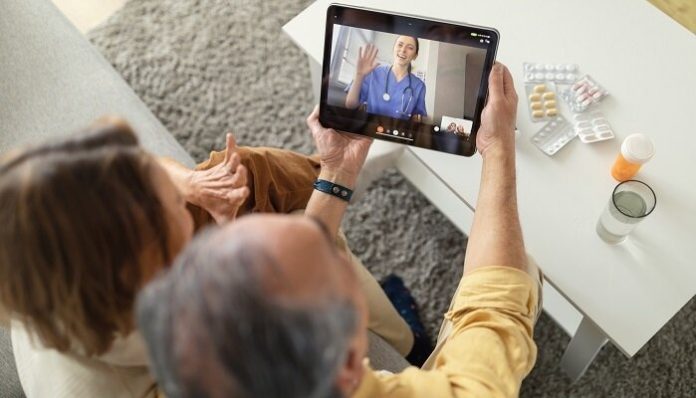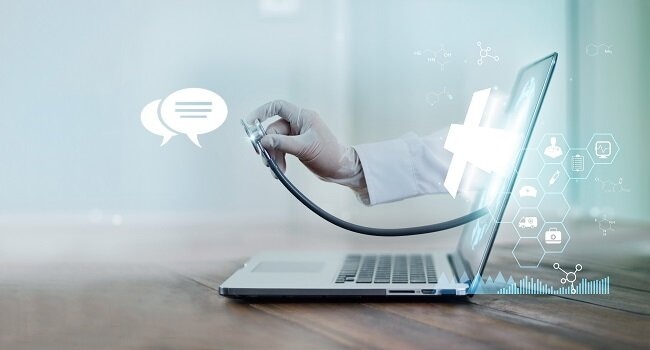The electronic health records markets in Germany as well as France collectively represent 19.9% and 17.4% of the European market share, respectively. Given the projections, it is expected that these markets will see a CAGR of 4.9% and 4.5% all through the assessment period.
The market size of European electronic health records is predicted to increase from $6.7 billion, which was seen last year, to $10.5 billion by 2032. This growth represents a steady CAGR of 4.5% from 2022 to 2032. This market has the potential to have a total revenue of $3.8 billion across the coming decade.
The European market is expected to experience progress due to the increasing usage of electronic health record solutions. These solutions are being applied so as to enhance the interoperability of health records, in sync with the proposals of the European Commission.
Enhancing Cross-Border Access to Electronic Health Records across the EU
Electronic health records happen to be a digital compilation of a patient’s medical records. Citizens of the EU have been given access right to their personal health data throughout all the borders. This endeavour aims to improve the connectivity, trade, as well as interoperability of EHRs.
Furthermore, the European Commission is pushing the technical advancement and increased exchange of EHR via its proposals.
– Efforts are currently underway to simplify regulations and decrease administrative burdens so as to encourage the use of electronic health records in the near future, say from Q2 2022 to 2025.
– In the medium term, which is from 2025 to 2028, we anticipate an increasing use of EHR across various healthcare environments. This involves ambulatory surgical centres, specialty clinics, hospitals, as well as additional healthcare facilities.
– From 2028 to 2032, they expect market leaders to adopt advanced technologies, which will lead to the ongoing development of the market through the long term.
The European EHR Exchange Format Recommendations and the X-eHealth Project
The European Commission officially supports recommendations regarding the exchange format of electronic health records to promote smooth cross-border interoperability within the European Union (EU). The goal of this initiative is to guarantee that European citizens can safely use and disclose their health data, no matter where they reside within the EU. Additionally, it promotes the sharing of health data with healthcare professionals as needed. This collaborative effort will include a range of stakeholders, like national competence centres, healthcare professional organisations, national authorities, as well as patient advocacy groups.
The X-eHealth project aims to create a solid basis for a functional, interconnected, as well as cross-border exchange format. This will drive the advancement of the e-health sector across Europe. The purpose of this project is to put forth a standardised system for exchanging testing outcomes and medical imaging data between healthcare organisations in neighbouring nations and also EU member states.
Growing need for workflow optimisation and centralization across the healthcare industry
The adoption of electronic health records is expected to rise in the near future due to the rising need for effectiveness, efficiency, and centralization in healthcare administration. A value-based approach seeks to improve efficiency, reduce expenses, and improve patient care by centralising health information management, standardising processes, and streamlining activities.
The demand for electronic health records is expected to be significantly impacted by various factors, such as product authorizations, introductions, expansion attempts, acquisitions, partnerships, and the rising trend of digitalization. These factors are expected to fuel growth throughout the market.
Implementing and sustaining EHRs in Europe: A Challenge
The EHR market is experiencing significant growth due to various factors. That said, there are also major hurdles that are impeding the widespread use of EHR. A key obstacle is the considerable cost that comes with both the initial execution and ongoing upkeep of EHR systems.
Moreover, the current lack of IT support in healthcare services is anticipated to present an obstacle to the expansion of the EHR market in Europe in the years to come.
Insights: Country-Specific
Digital Healthcare Initiatives: Revolutionising Patient Engagement in Germany and France
The introduction of ePA in Germany marks the beginning of a digital healthcare revolution.
The implementation of electronic patient records- ePA within Germany has sparked a wave of transforming digital projects. These efforts have the goal of ensuring that all individuals have simple and straightforward online access to their personal electronic health records. This will create an age of comprehensive connections between patients and their healthcare service providers. The innovative ePA system is easily integrated into Germany’s telematics facilities, which serve as the digital backbone for sharing medical information. Patients now have unparalleled access to their health information, which allows them to play a greater part in managing their well-being.
France taking a significant stride towards achieving healthcare interoperability
France has taken an innovative step in the field of health care by introducing a national electronic medical record system that is completely interconnected. The National Health Insurance Fund has carried out an ambitious initiative that marks the start of a new era in healthcare data management. The country is taking a leading role in digital healthcare innovation through the creation of a standardised electronic medical record system. This system will enable the seamless exchange of data across the healthcare landscape, thereby helping both patients as well as the concerned healthcare providers.
Insights: Category
The European electronic health record market- hospital segment leading the way.
The European market for electronic health record services and solutions happens to be diverse, with various end-user segments including hospitals, ambulatory surgical centres, specialty clinics, diagnostic labs, and others.
Hospitals have an important position in the European market, retaining a substantial share of 29.1%. This specific segment will continue to experience significant growth, exceeding other segments with a noteworthy CAGR of 4.9% between 2022 and 2032.
Moreover, multi-specialty as well as super-specialty hospitals are experiencing a significant increase in the use of electronic health and medical records. The rapid adoption of EHR systems in hospitals can be attributed to the growing number of EHR solution suppliers that focus especially on serving the hospital sector. This trend is expected to contribute to the continued growth of this segment.
During the forecast years, there is expected to be a substantial increase in the usage of electronic health records in ambulatory surgical centres and specialty clinics. The projected CAGR for EHR usage in these settings is 4.6% when it comes to ambulatory surgical centres and 4.2% in the case of specialty clinics.




























